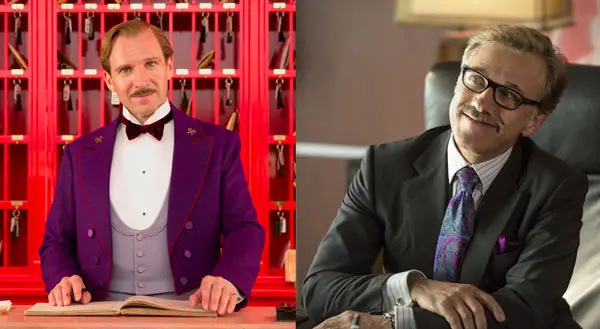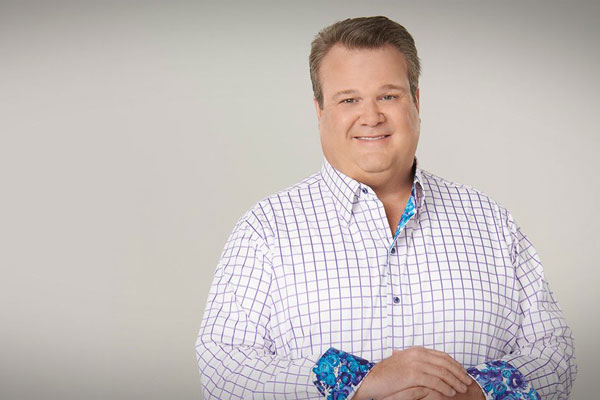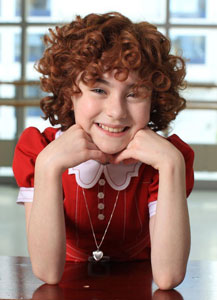Harold Ramis has had an interesting career. First appearing on SCTV (watch the DVD’s if you’ve never seen it) then moving on to directing (Caddyshack, Vacation, Groundhog Day) and acting (Ghostbusters, Stripes, Baby Boom, As Good As It Gets).
He gives an interesting perspective on how to direct and work with actors.
From Movieline:
But when you work with your contemporaries, you tend know their sensibilities and what they’re good at. When you have actors like this, do you find yourself adapting more to their style, or the opposite, or both?
Well, they have this kind of thing where my movies to them were legendary in some way. And I don’t say that in a grandiose way; everyone kind of cherishes the media of their youth. So these guys have this reverence toward those early films, but in the end I’m a person, and they’re people, and their reverence would evaporate really quickly if we were doing a crappy job while we were shooting. So my take is that, as a director, I just have to remember that every actor speaks a different language. It depends on their training, their intellect, their psychology. So many actors are just not introspective. There’s no point in talking to them in a deeply psychological way. Others are completely introspective and require a lot of psychology. Others are completely mechanical; I’ve had some actors say to me, “I only need four directions: Bigger, smaller, faster, slower.” And that’s all they want to hear. Others are very political, and they want to talk about the sociology and the politics of the film and their role in it, or what it represents. I have to be able to speak in all of those modes, and that’s true of any generation.




